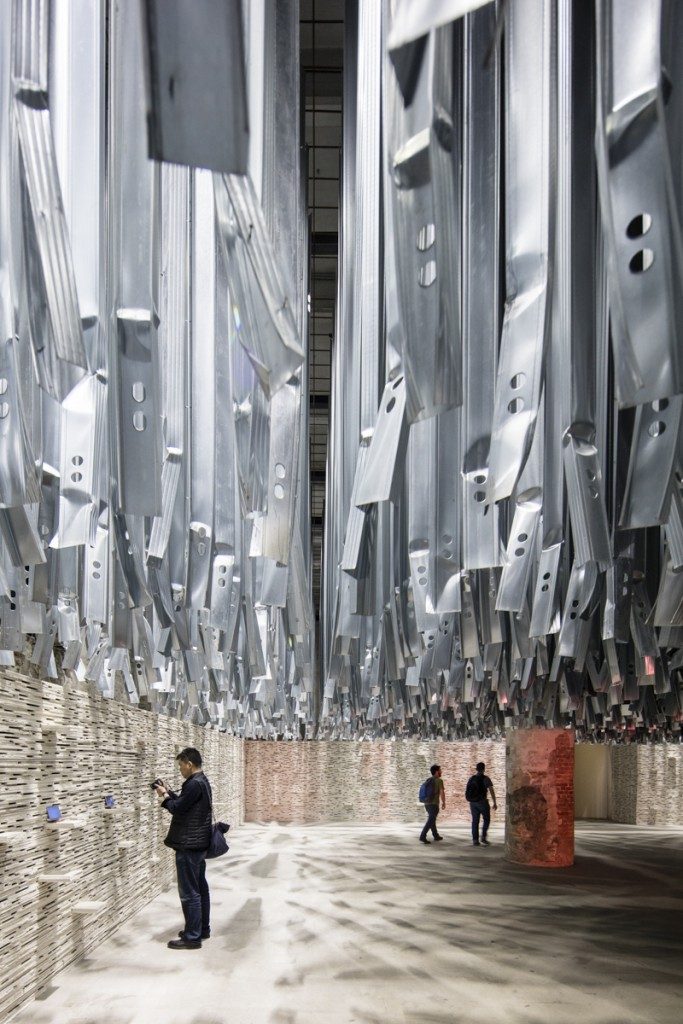
Venice Biennale, 2016
In the context of advanced architecture, exhibitions are platforms of exposure or demonstration of innovative concepts, fueled by technological advancements, in the form of static, interactive, and immersive. Exhibitions are also platforms of experimentation and innovation, where new ideas are tested, and responses are gauged. Ideas born in exhibitions today, if well received and responsive, could become the convention of tomorrow. Exhibitions have the ability to create a dynamic exchange of energy, matter and information between or among the curators and the audiences. Exhibitions also act as a medium of education where the possibilities of the future are presented and pondered over, a gymnasium of learning and a canvas of inspiration.
To break exhibitions down into different categories, we first look at it from the experience perspective. Is it exhibition or exhibit static, interactive or immersive?
STATIC:
Characterized by a fixed or stationary condition, one not responding to the viewer or environment, creating an experience of passive viewership. A static exhibit would be one that is simpler to recreate or relocate with the only impeding factor being thescale of the exhibit itself.
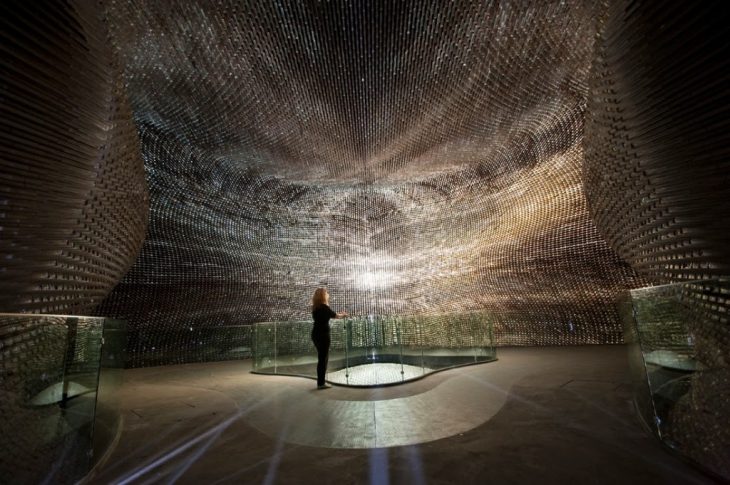
World Expo (UK Pavilion) Shanghai, 2010
INTERACTIVE:
Simultaneous exchange of experience and information from multiple individuals, forces, etc acting in close relation with each other. The viewer provides an input that determines the outcome, allowing for various types of navigation, assembly, and/or contribution to an artwork, which goes far beyond purely psychological activity.
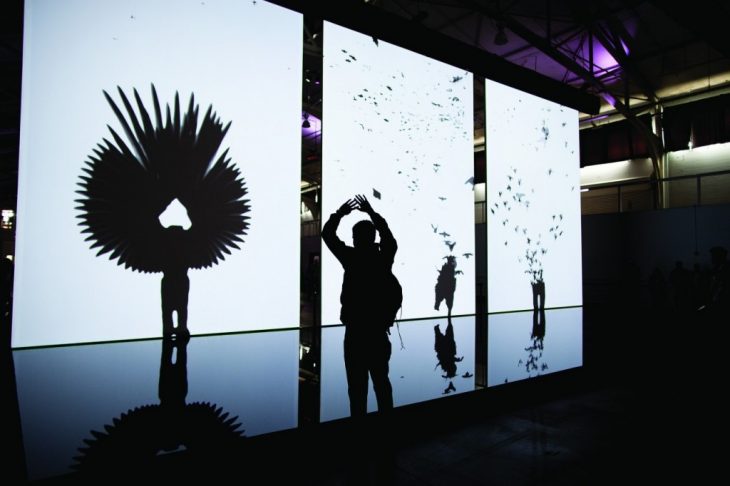
The Treachery of Sanctuary, 2012
IMMERSIVE:
Providing information or simulation that actively engage a number of senses, and may create an altered reality. This environment is crafted with the aid of simulations, virtual reality tools, optical illusion, multi-sensory inputs and so on.
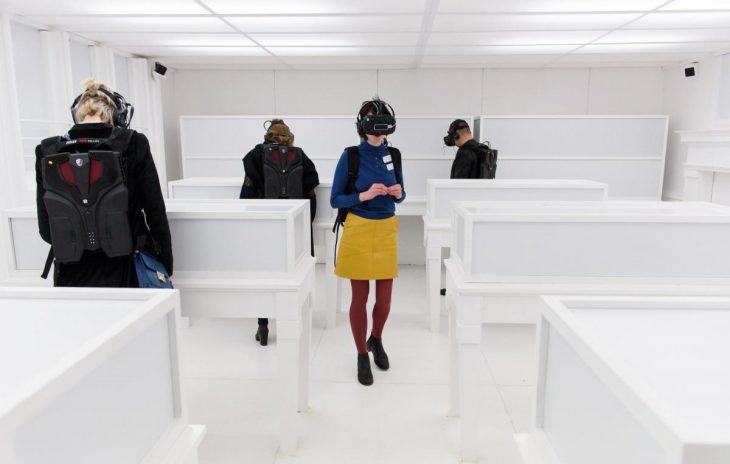
VR exhibition
The experience is the obvious output of an exhibition, but what are the inputs that create the experiences? To categorize exhibitions further, we look into the tools and technologies that fabricate these experiences; the analog and the digital.
ANALOG:
More in the realm of the physical, incorporating more static elements that are not responding in real-time to the environment. Refers to mediums such as photographs, still models, sculptures, etc.
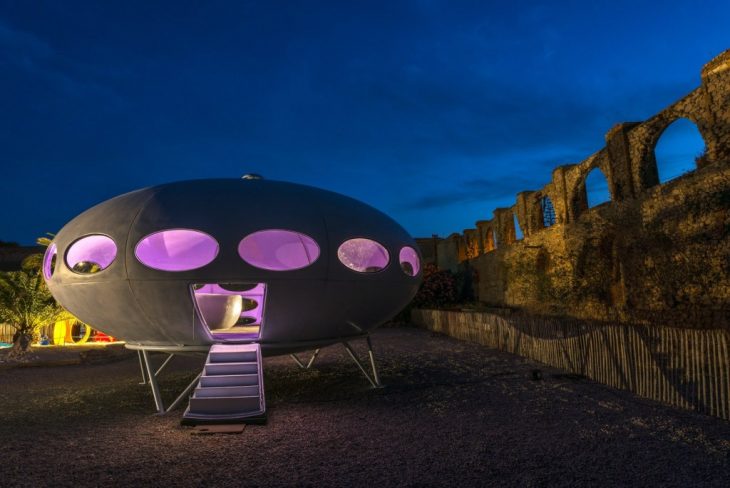
Utopie Plastic, 2017
DIGITAL:
Incorporates digital technology into the creation of an object or the way it is curated. These exhibits are dynamic and ever-changing. Digital exhibitions incorporate tools like projections, sensors, computation, animations, etc.
Exhibitions can be of a wide spectrum of scales, involving eminent or emerging artists, showcasing classic or avant-garde works, but the true success or failure of an exhibition is judged by the impression it leaves. Therefore, last but not least, we categorize exhibitions around the world on their global impacts.
IMPACT:
The importance and level of recognition afforded to the exhibition and the influence that it has on architecture. The value of the qualitative
experience and it’s ability to inspire innovation and spark debates are what defines the impact.
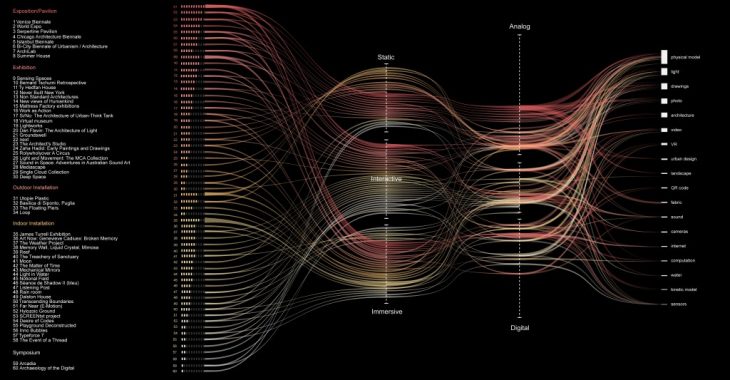
Exhibitions Timefield
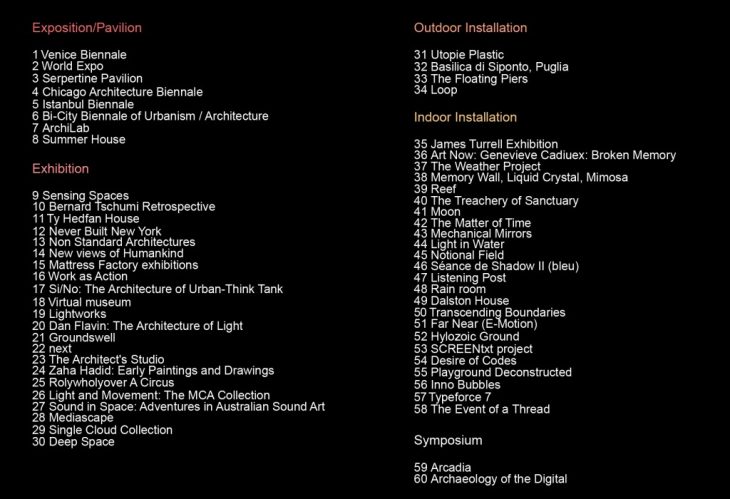
Timefield legend
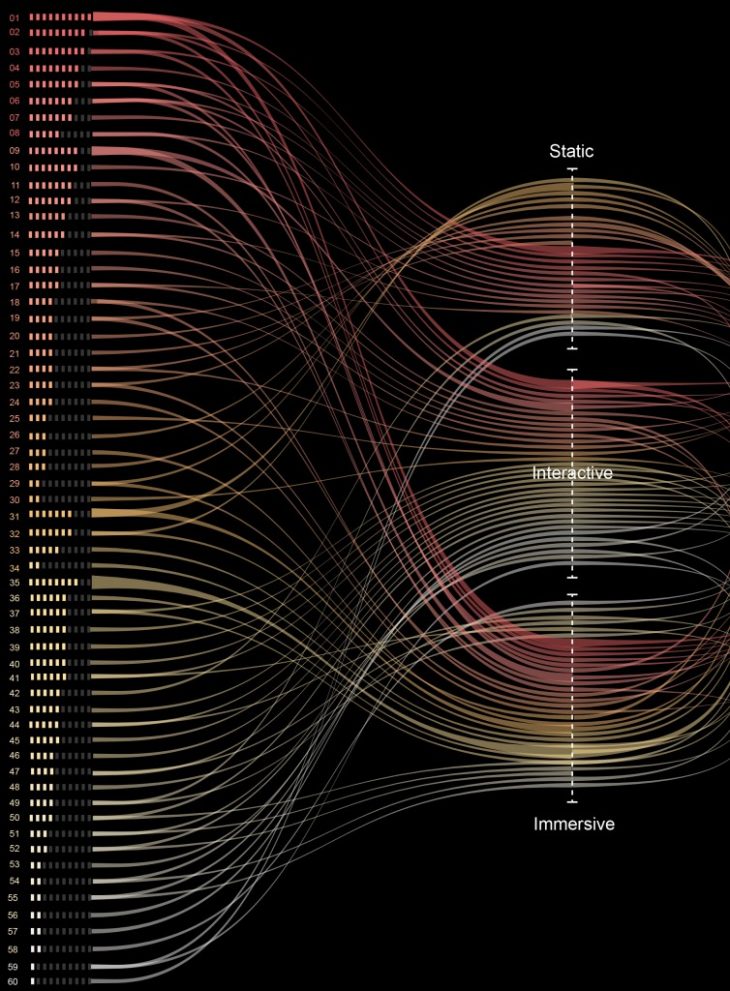
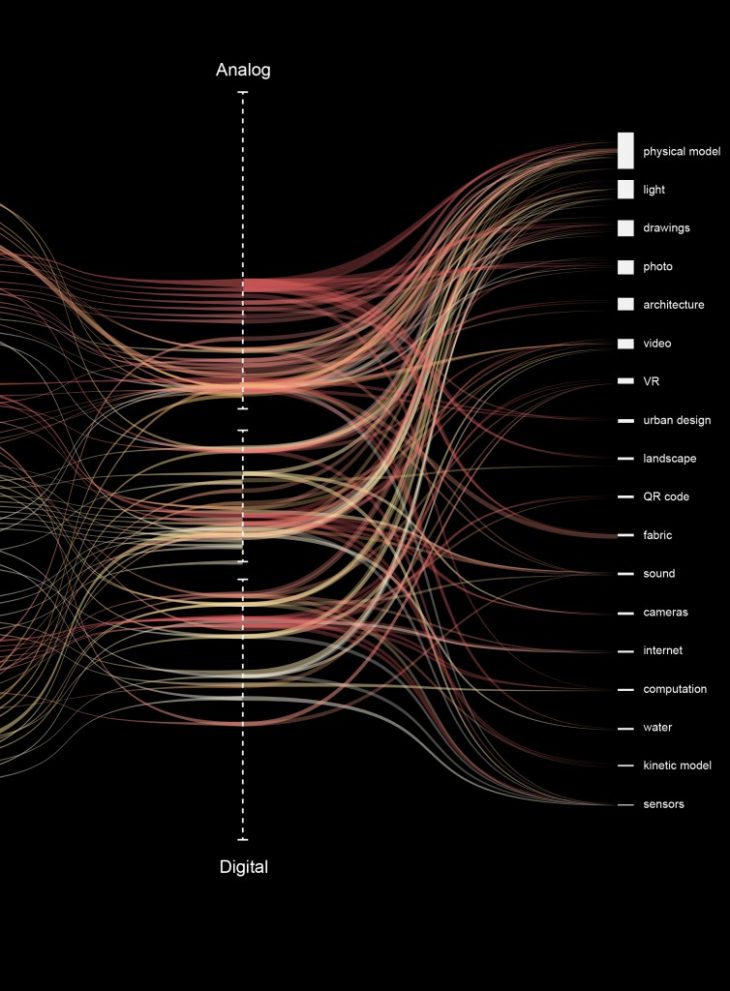
CONCLUSION // WHAT IS NEXT?:
Technology is evolving at an exponential rate and it is but natural that this boom is reflected in exhibition designs and formats. Since the 1990s, there is already a marked increase in interactive and immersive design and digital tools are more and more integrated in advanced architecture exhibitions. Based on the current trend and the increased availability of digital tools and improved technologies, the future of advanced architectural exhibitions is definitely leaning towards responsive and reactive systems. The shift to digital, also makes information more accessible as a digital exhibit can be easily recreated in different locations or simply be shared online.
Theory for Advanced Architecture [TAK], Exhibitions Timefield is a project of IaaC, Institute for Advanced Architecture of Catalonia, developed at Master in Advanced Architecture in 2017/2018 by; Yi Fan Liao, Kavya Jose, Nikol Kirova, Mohor Bose, Umit Ceren Bayazitoglu, Cansu Cetin.
Faculty : Manuel Gausa, Maite Bravo